10 Effective Strategies on How to Improve Air Quality in the Workplace
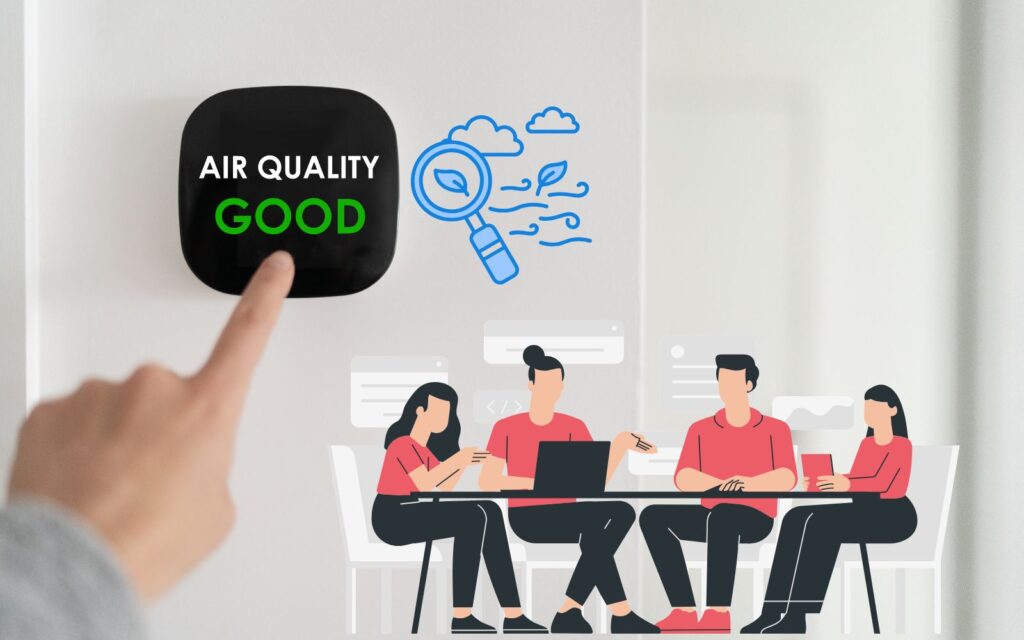
Have you ever walked into your office and noticed stale air or that the environment feels stuffy? Poor indoor air quality is a significant concern in many workplaces, leading to health problems, reduced productivity, and low morale.
Several factors can impact air quality, from stale air to dust mites and mold growth. The good news is that there are actionable steps to improve it.
In this guide, we’ll discuss how to improve air quality in the workplace, focusing on creating a clean indoor environment that prioritizes everyone’s health and safety.
Key Takeaways
- Poor indoor air quality can cause health issues such as allergies, respiratory problems, and fatigue.
- Improving air circulation, ventilation, and cleanliness can significantly enhance the quality of air inside.
- Good indoor air quality boosts productivity, reduces absenteeism, and supports occupational safety.
Why Indoor Air Quality Matters
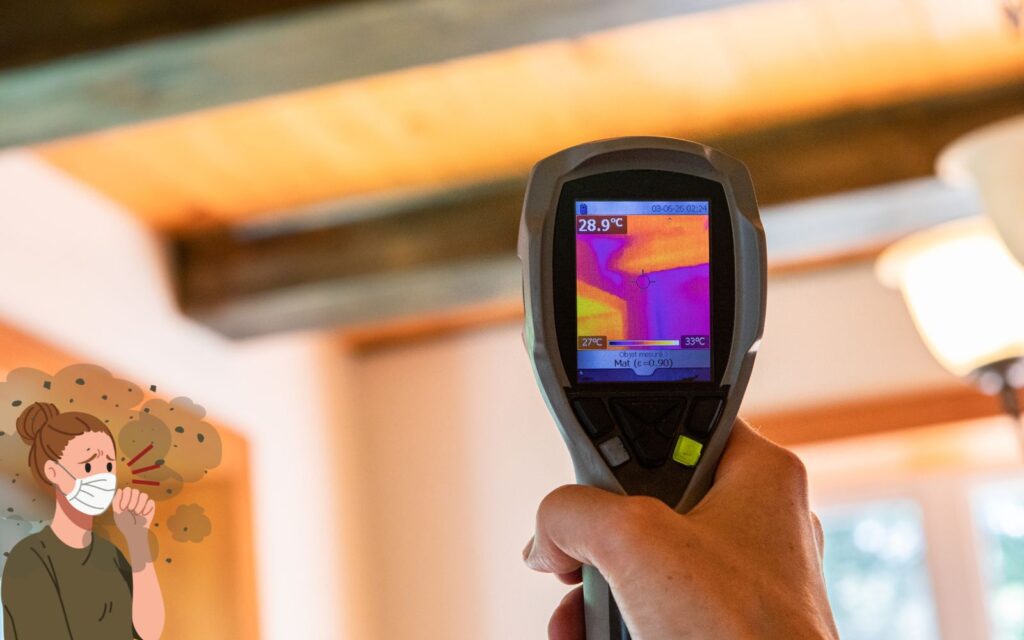
The air inside your office building plays a significant role in employee health. Pollutants such as dust, chemicals, tobacco smoke, and mold spores can build up over time, creating poor indoor air quality.
Stale air or inadequate ventilation can lead to carbon dioxide build-up, making workers feel drowsy and unfocused.
Key Impacts of Poor Indoor Air Quality:
- Health issues like headaches, allergies, and respiratory problems.
- Lower productivity due to fatigue or lack of focus.
- Increased sick days and absenteeism.
That’s why improving indoor air should be a top priority for building owners and managers.
1. Assess Current Indoor Air Quality
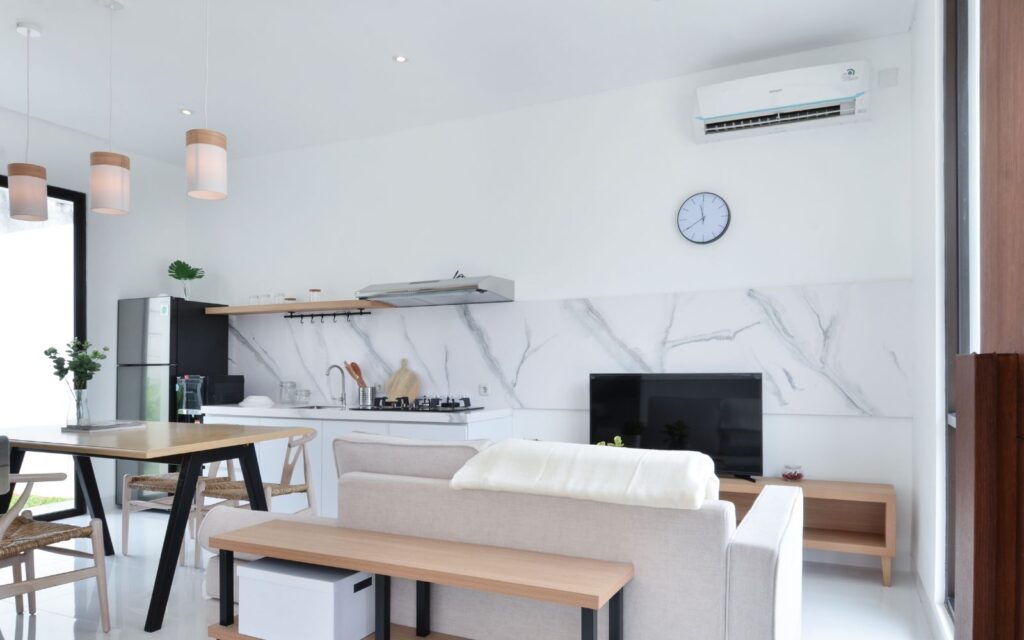
Start by identifying indoor air quality concerns in your workplace.
- Conduct an air quality test to check for pollutants like dust, mold, and carbon monoxide.
- Use real-time data monitors to measure carbon dioxide levels, humidity, and temperature.
- Consult a building manager or the environmental protection agency guidelines for professional assessments.
Understanding the current state of the air inside your workplace will guide your next steps.
2. Improve Ventilation

Proper ventilation is the foundation of good air circulation.
- Open windows when possible to let in outside air.
- Install or upgrade a ventilation system to improve air circulation.
- Ensure that air vents and ducts are free of obstructions like dust or debris.
- Replace stagnant air with fresh air by using exhaust fans in restrooms and kitchens.
Good air circulation removes indoor air pollutants and helps maintain healthy humidity levels.
3. Maintain and Upgrade HVAC Systems
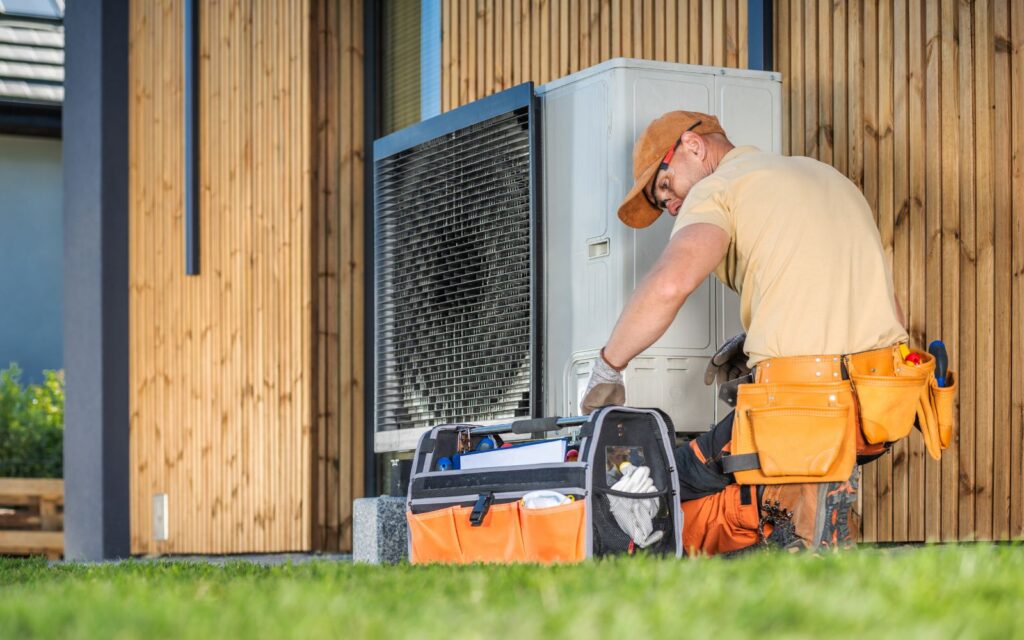
Your HVAC system (Heating, Ventilation, and Air Conditioning) directly impacts workplace air quality.
- Schedule regular maintenance to clean air ducts and change filters.
- Upgrade to energy-efficient systems for better air conditioning and ventilation.
- Ensure proper sizing and placement of HVAC systems to maintain balanced air distribution.
Regular upkeep prevents poor ventilation and keeps the air inside clean and safe.
4. Reduce Indoor Air Pollutants
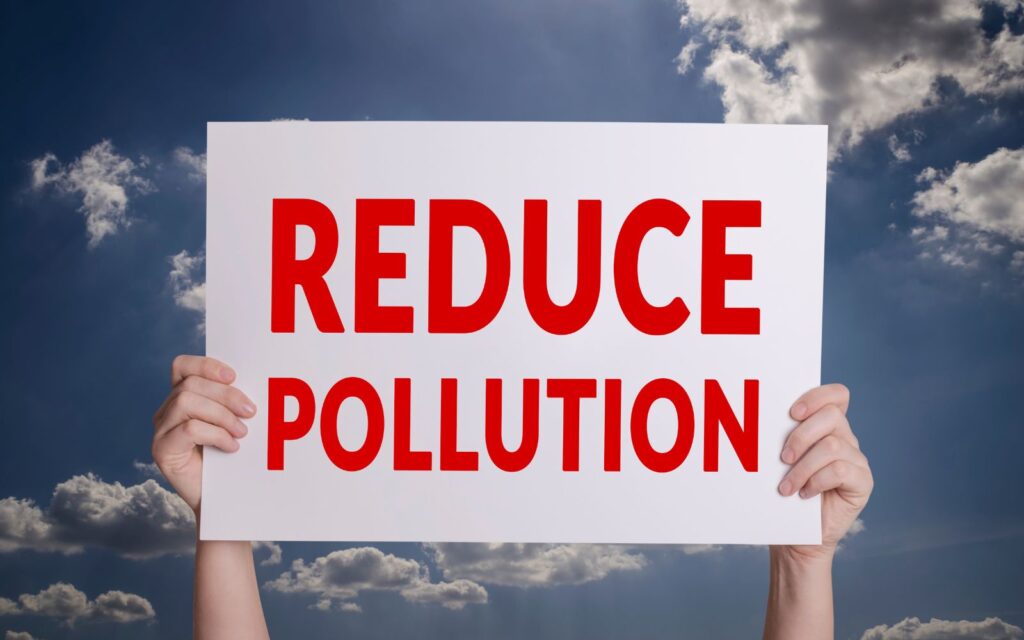
Indoor air pollution comes from multiple sources, including off-gassing furniture, cleaning supplies, and chemicals.
- Use low-VOC (volatile organic compound) materials for office furniture and paint.
- Limit the use of aerosols and air fresheners, which can emit harmful pollutants.
- Designate specific areas for smoking and food preparation to prevent secondhand smoke or lingering food odors.
5. Add Office Plants

Office plants brighten the workspace and help improve indoor air quality by filtering pollutants.
- Choose low-maintenance plants like peace lilies, snake plants, and pothos.
- Position plants in areas with good air circulation for maximum effect.
- Keep plants healthy to avoid issues like mold growth or pests.
Office plants are an affordable and effective way to maintain clean air.
6. Address Humidity Levels
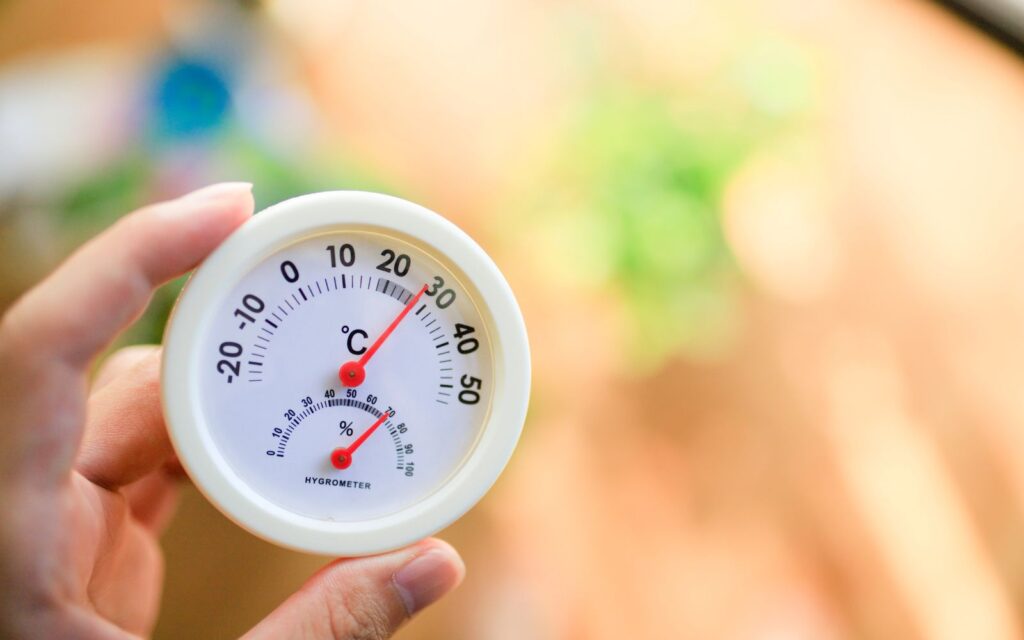
Both low and high humidity can cause indoor air problems.
- Use a humidifier to combat low humidity that dries out the air and irritates the skin.
- Install a dehumidifier in damp areas to prevent mold and mildew.
- Keep humidity levels between 30-50% for optimal comfort and health.
Maintaining proper humidity levels ensures a healthier and more comfortable workplace.
7. Clean and Maintain Air Vents
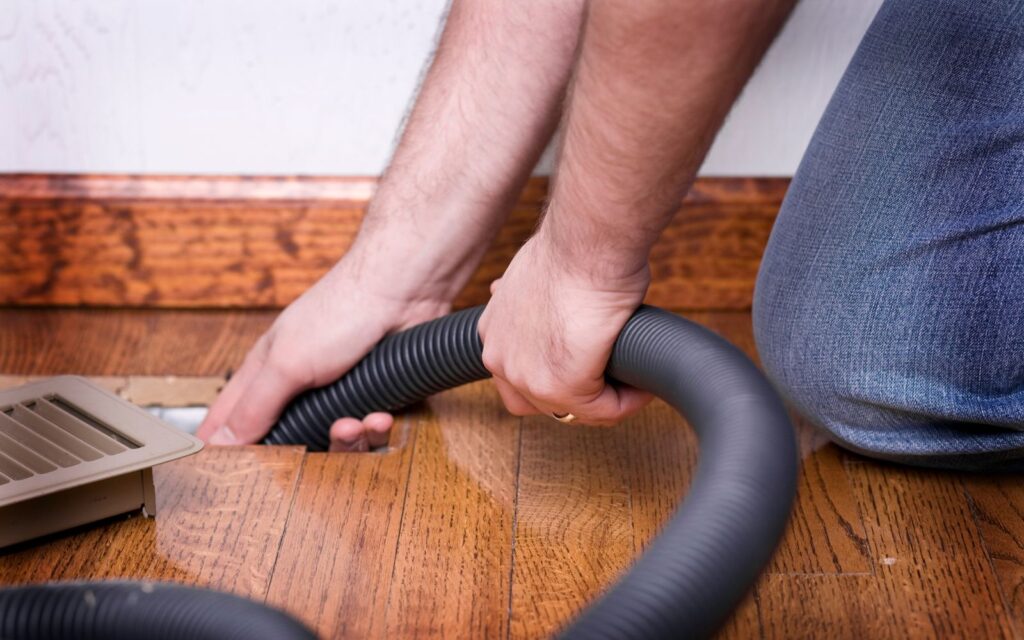
Dirty air vents and filters can worsen indoor air pollution.
- Schedule regular cleaning of air ducts, vents, and filters.
- Use high-quality filters to trap pollutants like dust mites and animal dander.
- Inspect air vents frequently to ensure they are functioning correctly.
Clean vents promote good air quality by keeping contaminants out of the air.
8. Use Air Purifiers
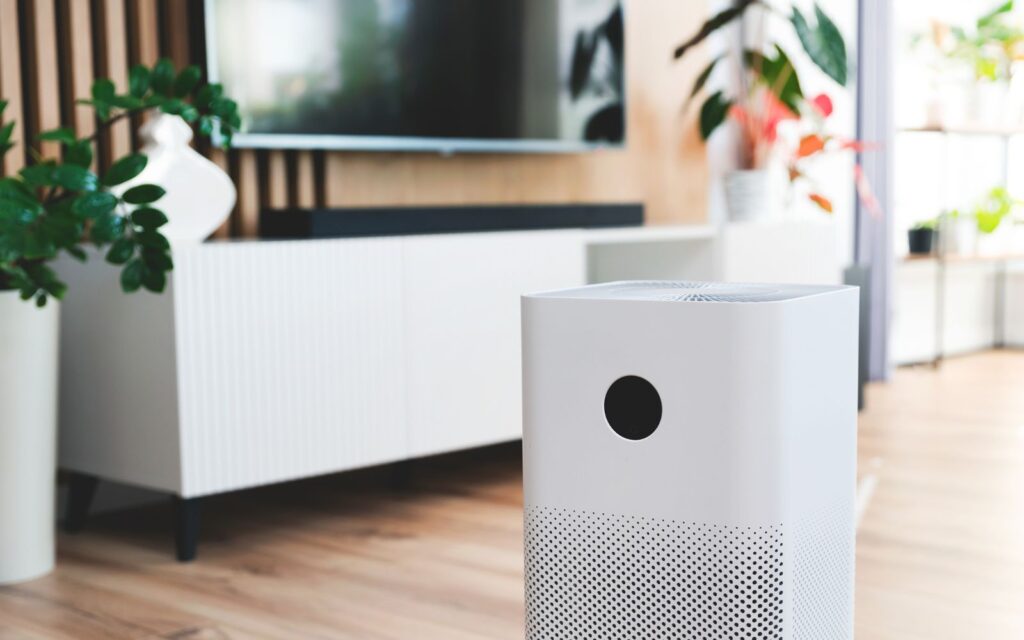
Investing in air purifiers is an effective way to tackle poor indoor air quality.
- Look for purifiers with HEPA filters to remove pollutants like dust, smoke, and allergens.
- Place purifiers in high-traffic areas like meeting rooms or open offices.
- Change purifier filters regularly to maintain their performance.
Air purifiers are beneficial in areas with limited access to outside air.
9. Train Employees on Best Practices

Educating employees ensures that everyone contributes to a healthier indoor environment.
- Encourage opening windows in personal spaces for fresh air.
- Share tips on reducing indoor air pollution, such as proper cleaning and organization.
- Create awareness about reporting indoor air quality problems, like mold growth or stale air.
A well-informed team supports efforts to maintain good indoor air quality.
10. Implement a Green Cleaning Policy

Cleaning supplies are a common source of harmful chemicals.
- Use eco-friendly products that minimize harmful emissions.
- Avoid overusing aerosols, which contribute to indoor air pollution.
- Focus on cleaning areas like carpets and furniture that accumulate dust and pollutants.
A green cleaning policy ensures both cleanliness and good air quality.
Summary
Improving air quality in the workplace protects health and creates a more vibrant and productive environment.
There are plenty of ways to make your workplace safer and healthier, from managing ventilation systems and HVAC maintenance to using air purifiers and adding office plants.
Don’t wait for indoor air quality problems to escalate. Start taking these steps today for a cleaner, fresher air inside your office!
Frequently Asked Questions
How Can I Improve Indoor Air Quality in My Office?
Maintaining HVAC systems, cleaning air vents, and increasing ventilation with outside air can improve indoor air quality. Adding office plants and using air purifiers also helps.
What Are the Common Causes of Poor Indoor Air Quality?
Common causes include dust, mold growth, tobacco smoke, off-gassing from furniture, and poor ventilation.
How Does Poor Indoor Air Quality Affect Health?
It can cause health problems like allergies, respiratory issues, headaches, and fatigue. Long-term exposure may lead to severe conditions.
What Is the Role of HVAC Systems in Air Quality?
HVAC systems regulate air circulation, temperature, and humidity, significantly affecting indoor air. Proper maintenance ensures they don’t become a source of indoor pollution.
Why Is Ventilation Important for Good Air Quality?
Ventilation removes stale air and pollutants while introducing fresh air. This helps prevent indoor air problems like carbon dioxide build-up and maintains balanced humidity levels.
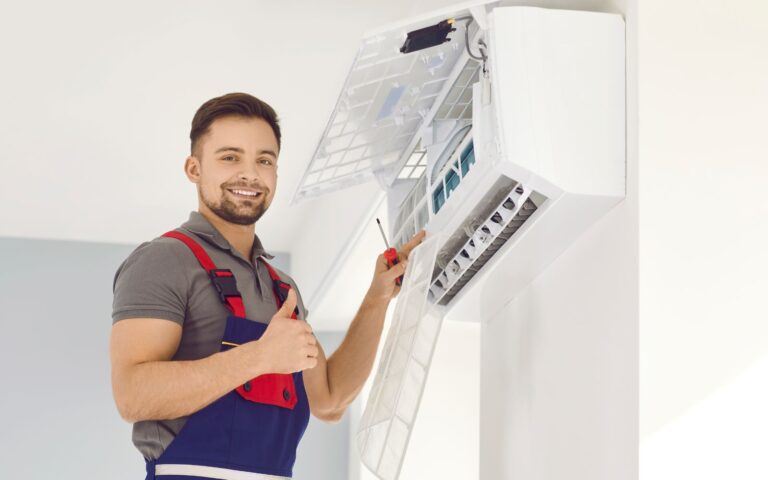





One Comment